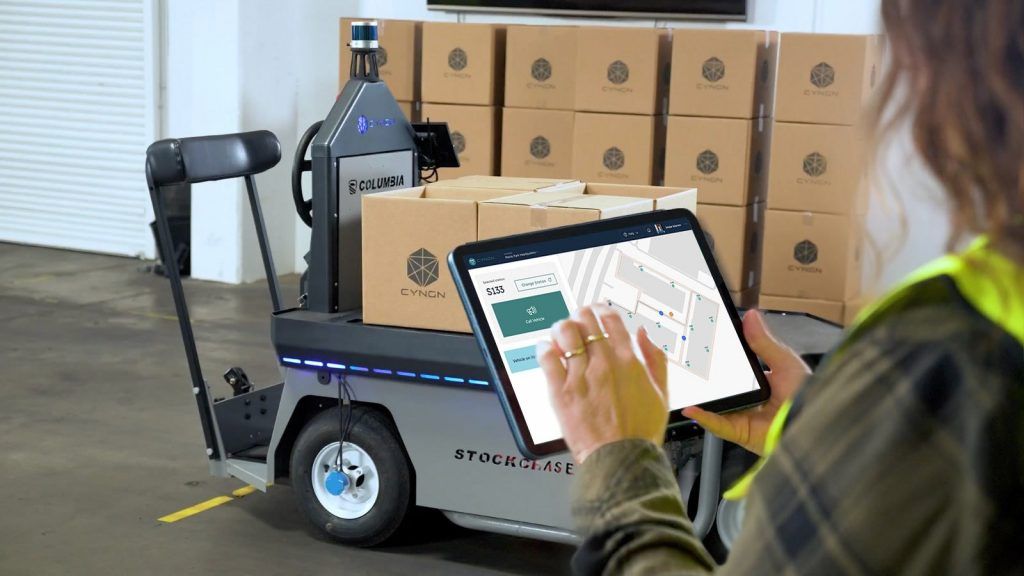The global material handling equipment market will grow to $160 billion by 2023, according to Freedonia Focus Reports’ «Global Material Handling Equipment» report.
If this projection proves true, the market would register a Compound Annual Growth Rate of 3.9% over five years.
From Cyngn Inc.‘s perspective, the material handling equipment market is characterized by steady growth, and increased global e-commerce activity and mechanization of the industry over the past decade are expected to grow the sector.
Cyngn believes that these strong growth indicators will drive an increased need for more advanced technology that addresses gaps in the current capabilities of automated Material Handling Equipment (MTE) solutions.
The industrial equipment market encompasses a wide range of use cases and product categories, with automation solutions targeting MTEs widely used by most industrial market sectors.
For Cyngn’s purposes, the company considers MTE to include all material handling equipment directly related to material transit, such as conveyor equipment, monorails, hoists, storage and retrieval, and industrial vehicles.
Handling equipment
Ricoh & ABI Research Report‘s «Trends in Supporting and Scaling Modern Automation» analysis estimates that the top 10 manufacturers of industrial vehicles for manufacturing and distribution shipped approximately 883,000 units in 2019.
However, less than 1% of material handling vehicles shipped each year are automated, presenting a significant opportunity to automate industrial vehicles.
The cost to operate a non-automated material handling vehicle is reported to be $32.42 per hour, according to U.S. Bureau of Labor Statistics compensation data for full-time transportation and material moving employees.
In addition, each non-automated vehicle is estimated to be in operation for approximately 4,174 hours per year based on 16 hours per workday.
The labor costs associated with 883,000 human-operated non-autonomous vehicles for manufacturing and distribution yield a current market potential of $119 billion.
The ability to deliver more consistent operations, reduce accidents, and mitigate workforce issues such as attrition and absenteeism through the use of autonomous vehicles could create additional market opportunities.
![]()

